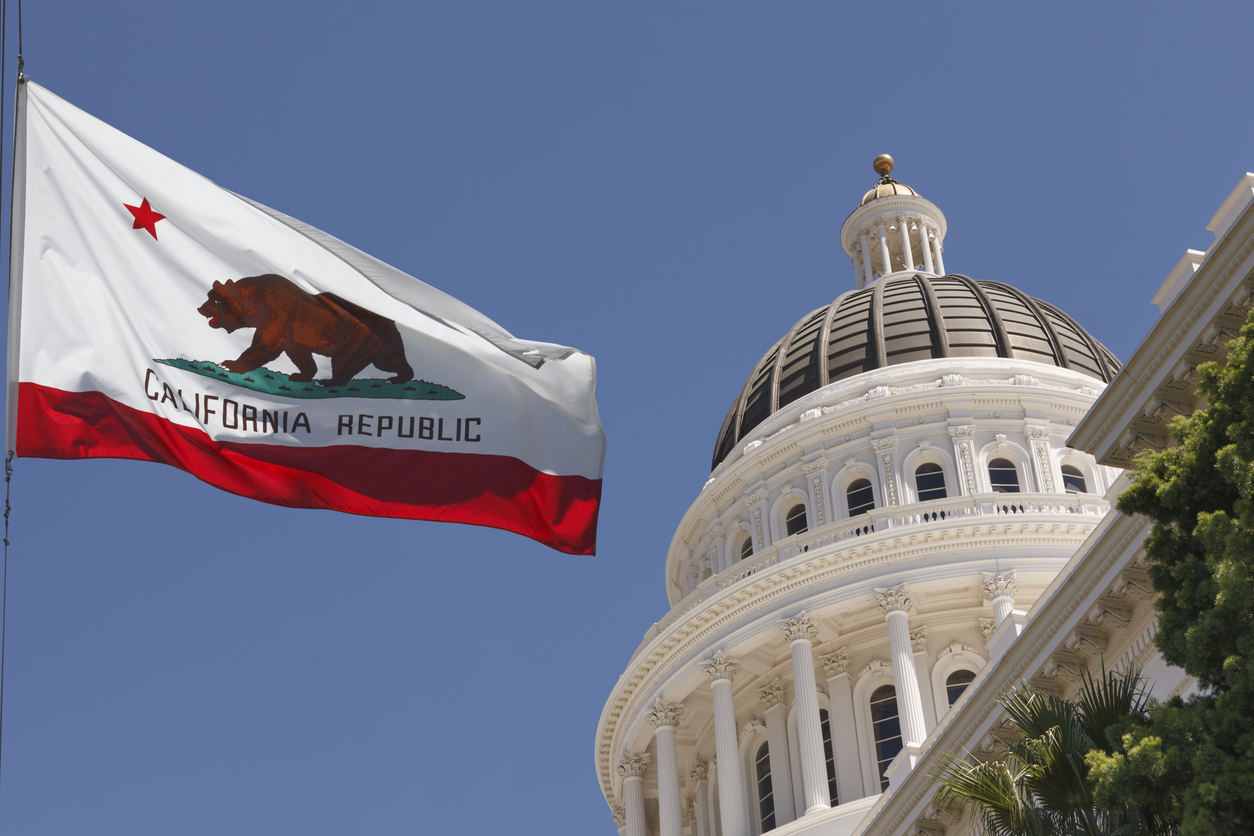By Kip Eideberg, AEM Senior Vice President of Government & Industry Relations —
Editor’s Note: This was originally published by the Washington Examiner. It is being republished here with their permission.
America’s manufacturing sector is in the middle of a high-stakes comeback. The Trump administration has placed renewed focus on reshoring production and growing our domestic industrial base, announcing policies designed to cut onerous regulations, promote a skilled workforce, and reduce manufacturers’ tax burden.
But while these policies aim to strengthen manufacturing and restore jobs in the United States, the ongoing labor shortage may leave many positions unfilled. Without modernized immigration policies, vacancies will persist, and American products may be delayed in reaching customers.
In the coming weeks, nearly 532,000 immigrants lawfully admitted through a Biden-era sponsorship program may lose their legal status and right to work. These individuals came from countries like Venezuela, Haiti, Nicaragua, and Cuba through a vetted humanitarian parole program designed to reduce illegal border crossings and provide orderly pathways into the workforce. Unless Congress or the administration acts, hundreds of thousands of work-authorized individuals will be forced out of the labor market almost overnight.
At the same time, the Supreme Court just ruled that 350,000 Venezuelans residing in the U.S. will lose their Temporary Protected Status and work authorization.
Beyond the humanitarian consequences for these sudden changes, we could also have severe economic consequences. The equipment manufacturing industry potentially faces more than 85,000 unfilled jobs. Broader manufacturing openings sit near 462,000, and related sectors like agriculture and construction are under similar pressure. According to the Bureau of Labor Statistics, the U.S. will need to fill more than 116,000 agricultural jobs every year through at least 2032. These are roles that too often go unfilled, despite strong demand and rising wages.
At the same time, the U.S. labor force participation rate remains below pre-pandemic levels. The country has roughly 2 million fewer workers active in the labor market than it did in 2020. In rural areas, where domestic migration continues to draw people away, immigrants are often the ones keeping local economies afloat. For example, in key manufacturing states like Illinois, Michigan, and Ohio, immigrant labor plays a critical role in keeping supply chains moving and factories staffed.
The irony is that this workforce is already here. They pay taxes, support families, and help keep American industries competitive. Stripping their ability to work and threatening them with removal is not just a human cost; it is an economic one.
Last year, a bipartisan group of senators came together to propose a border and immigration bill that paired stronger enforcement with meaningful reforms. More recently, House Judiciary Committee Chairman Jim Jordan (R-OH) expressed an openness to bipartisan solutions after passage of additional border funding. Although politics has blocked progress in the past, the Senate proposal and Jordan’s comments demonstrate that immigration can and should be a bipartisan issue.
Lawmakers should take note: More than 80% of voters support candidates who pursue both border security and targeted immigration solutions that address labor shortages and inflation. There is a path forward that does just that.
If we want to compete with China, restore domestic production, and strengthen the American middle class, we cannot afford to ignore the workforce crisis happening in plain sight. That means expanding legal immigration channels for high-skilled and essential workers. It means making it easier for international students trained in American universities to stay and contribute. And it means creating a path to legal status for individuals already living, working, and contributing here, especially those brought to this country as children.
This is not about ideology — it is about reality. We need an immigration system that reflects the needs of our economy, not the politics of the moment.
Revitalizing American manufacturing is possible. But it requires more than tariffs and tax credits — it demands people. If we want to bring jobs back to the U.S., we have to make sure there are workers here to fill them. That begins with modernizing our immigration system now, not later. The U.S. economy and manufacturing industry cannot afford to wait.





